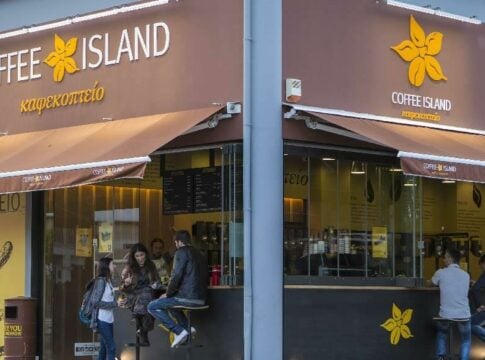The positive developments in the current account balance in the second quarter are an asset for Greece, while the course of investments is an uncertain factor.
Greece needs to register a growth rate of more than 2% in the second quarter, in order to be placed in the top ten of the EU countries with the most positive economic performance, but also to remain on a “convergence” path with the European average.
The course of consumption will be decisive over the next period. And at this critical point, as consumption is over 70% of Greek GDP, the indications are “mixed.” Although ELSTAT recorded a “freezing” of sales in wholesale and retail trade in the second quarter, retail trade continued to “run” at a rate of 2.5% between April and June, a rate four times higher compared to the first quarter.
What do economic analysts predict?
The data on the Greek economy in the second quarter will be announced by the Hellenic Statistical Authority on September 5, a few hours before the prime minister’s speech at the Thessaloniki International Fair (TIF).
Based on analysts’ forecasts, it will range between 1.9%-2.2%. If it turns out that a growth rate of more than 2% was actually recorded, Greece will be ranked in the top 8 of the EU.
At present, apart from Ireland with an impressive +16.2%, the highest growth rates for the second quarter have been announced by Cyprus (+3.3%), Bulgaria (+3.1%), Lithuania (+3%), Poland (+3%) and Spain (+2.8%). However, apart from the European ranking, Greece wants +2% to remain within targets in terms of the annual rate of change of GDP for this year.
For the entire year 2025, Greece needs to register a growth rate of about 2.2-2.3%, so that the budget objectives are met and a historical record is achieved in terms of nominal GDP.















